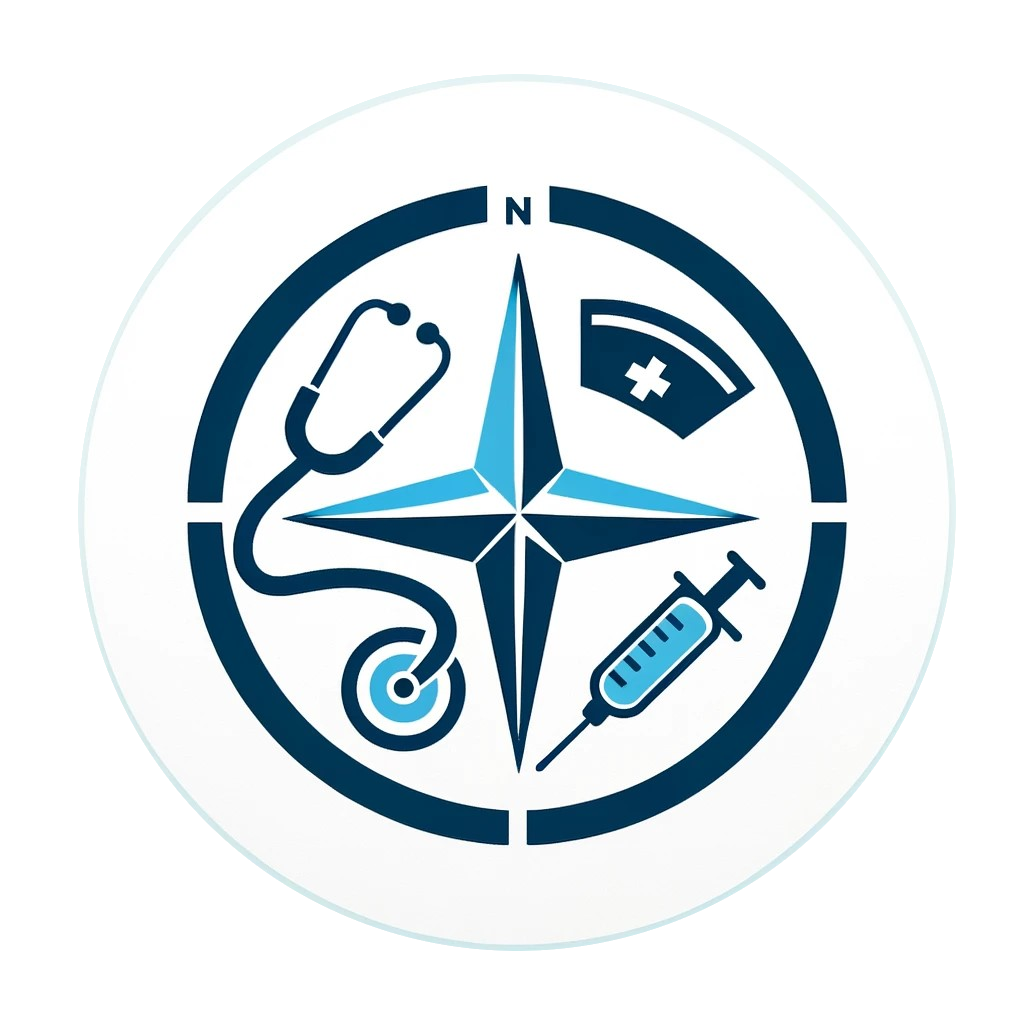Care Plan for Tachycardia Management
Category: Cardiovascular
Assessment
Patient presents with heart rate consistently above 100 beats per minute, palpitations, and dizziness.
Diagnosis
Risk for decreased cardiac output related to increased heart rate .
Goals
Patient's heart rate will be maintained within normal limits (60-100 beats per minute). Patient will verbalize understanding of the causes and management of tachycardia.
Interventions
Monitor heart rate and rhythm regularly. Administer prescribed medications to control heart rate (e.g., beta-blockers). Educate patient on lifestyle modifications to manage tachycardia, such as reducing caffeine intake and managing stress. Encourage regular follow-up appointments with a cardiologist.
Rationale
These interventions aim to control heart rate , improve cardiac output, and prevent complications associated with tachycardia.
Evaluation
Heart rate and patient understanding of tachycardia management will be monitored to assess progress.
🚀 Interactive Learning Tools
💡 Study Tips for This Care Plan
Remember the MONA protocol for acute MI: Morphine, Oxygen, Nitroglycerin, Aspirin
Practice EKG rhythm identification daily using our interactive simulator
Connect cardiac medications to their mechanisms of action for better retention
Always connect nursing interventions to their scientific rationale
Practice writing SMART goals: Specific, Measurable, Achievable, Relevant, Time-bound
⚠️ Educational Care Plan Notice
This care plan is for educational purposes only and represents general nursing concepts.
All care plans must be individualized based on:
- Individual patient assessment and current condition
- Healthcare provider orders and facility protocols
- Current evidence-based practice guidelines
- Nursing scope of practice in your jurisdiction
Do not use as direct patient care instructions. Always follow your facility's policies, physician orders, and professional nursing judgment.
